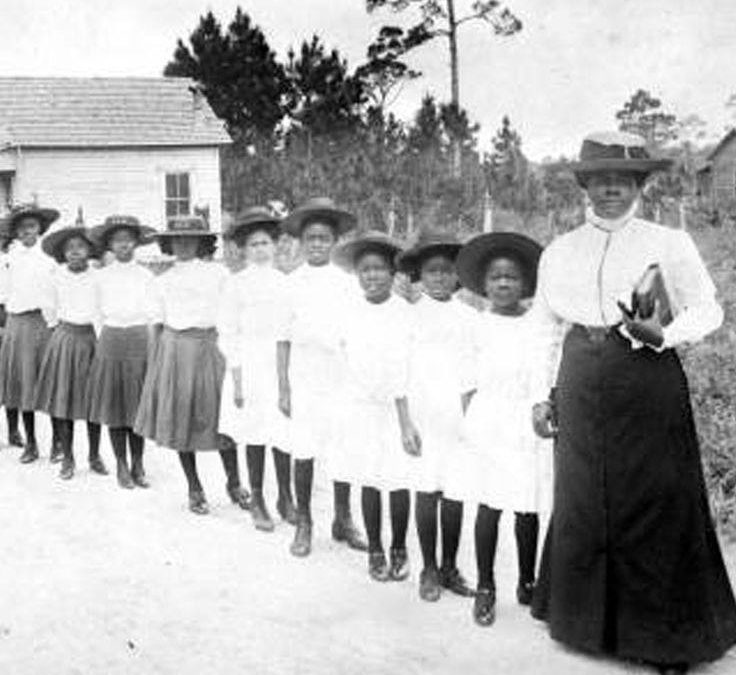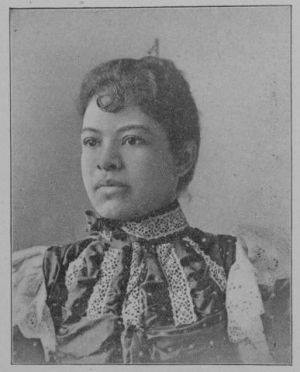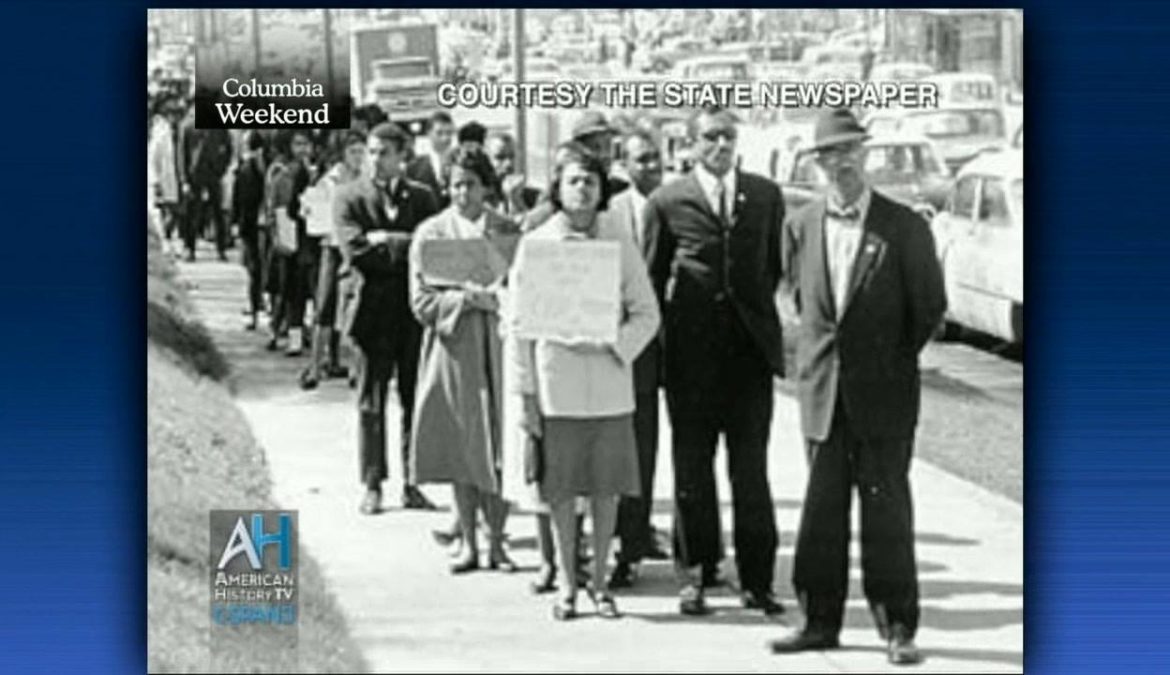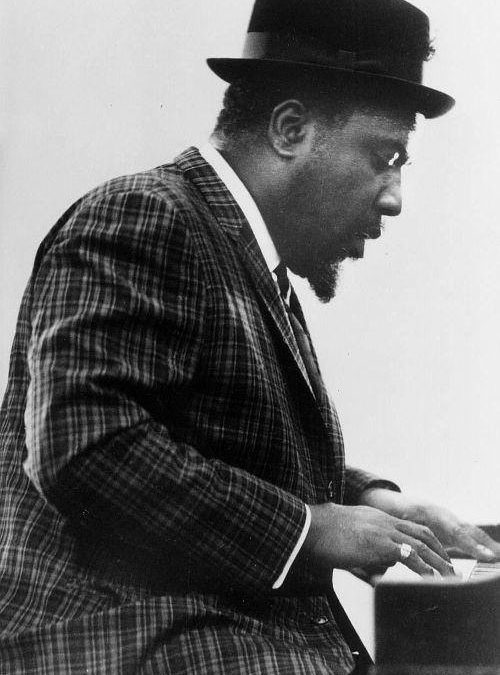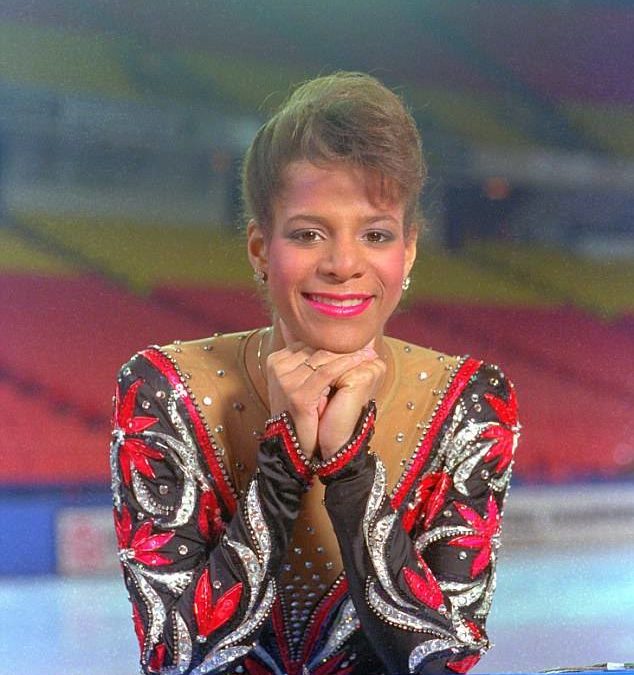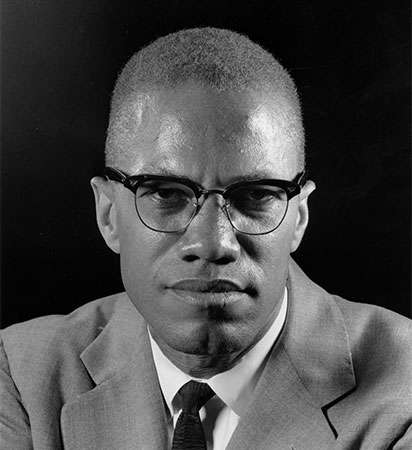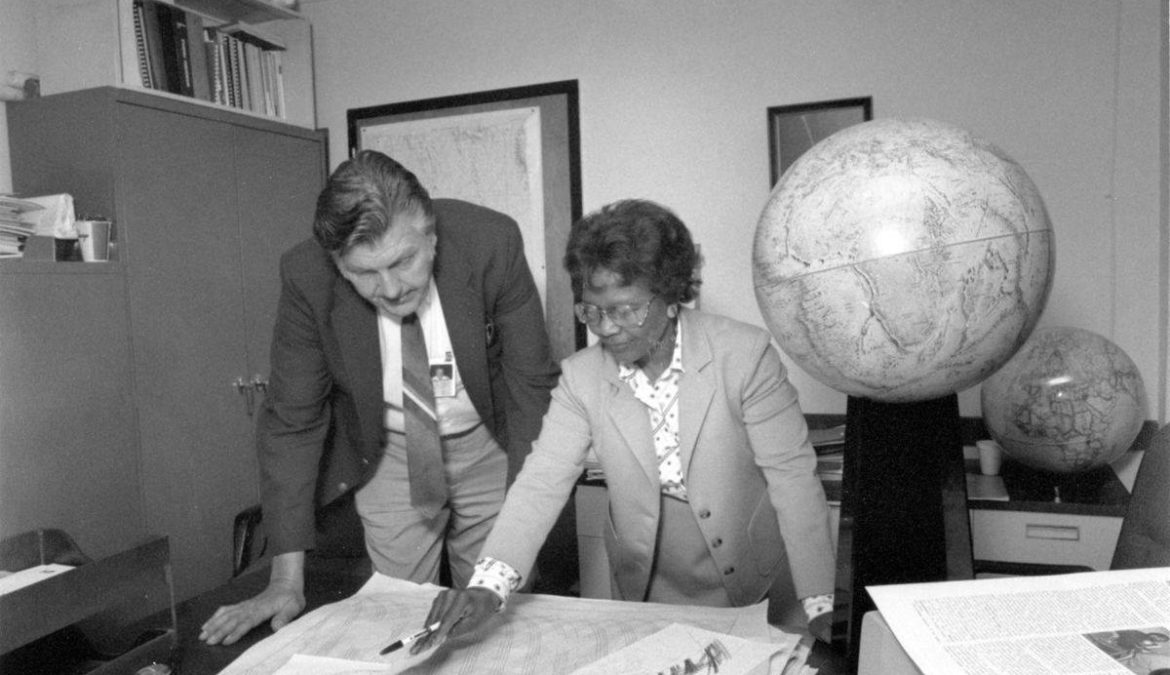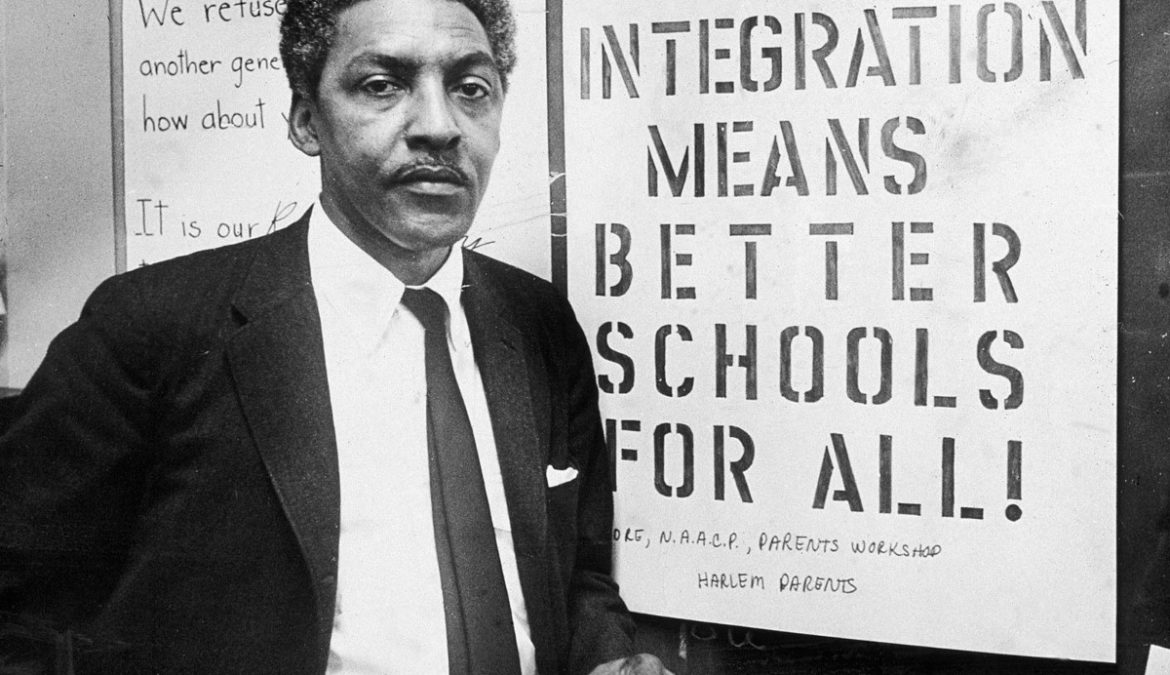GM – FBF – I had a client in Anniston, Alabama for four (4)
years. Every visit I always asked where is the monument for the freedom riders
who’s bus was set ablaze? I asked hotel workers, local business owners, schools
principls, etc. that was 2011 through 2015. I am happy to announce that on
January 12, 2017, The Freedom Riders National Monument in Anniston, Alabama
opened. Enjoy!
Remember – “Traveling in the segregated South for black
people was humiliating. The very fact that there were separate facilities was
to say to black people and white people that blacks were so subhuman and so
inferior that we could not even use public facilities that white people used.”
~ Diane Nash, Freedom Rides Organizer
Today in our History – May 4, 1961 – The original group of 13
Freedom Riders—seven African Americans and six whites—left Washington, D.C., on
a Greyhound bus on May 4, 1961.
Freedom Riders were groups of white and African American civil
rights activists who participated in Freedom Rides, bus trips through the
American South in 1961 to protest segregated bus terminals. Freedom Riders
tried to use “whites-only” restrooms and lunch counters at bus stations in
Alabama, South Carolina and other Southern states. The groups were confronted
by arresting police officers—as well as horrific violence from white
protestors—along their routes, but also drew international attention to their
cause.
The 1961 Freedom Rides, organized by the Congress of Racial Equality (CORE),
were modeled after the organization’s 1947 Journey of Reconciliation. During
the 1947 action, African-American and white bus riders tested the 1946 U.S.
Supreme Court decision in Morgan v. Virginia that found segregated bus seating
was unconstitutional.
The 1961 Freedom Rides sought to test a 1960 decision by the
Supreme Court in Boynton v. Virginia that segregation of interstate
transportation facilities, including bus terminals, was unconstitutional as
well. A big difference between the 1947 Journey of Reconciliation and the 1961
Freedom Rides was the inclusion of women in the later initiative.
In both actions, black riders traveled to the American
South—where segregation continued to occur—and attempted to use whites-only
restrooms, lunch counters and waiting rooms.
The original group of 13 Freedom Riders—seven African Americans
and six whites—left Washington, D.C., on a Greyhound bus on May 4, 1961. Their
plan was to reach New Orleans, Louisiana, on May 17 to commemorate the seventh
anniversary of the Supreme Court’s Brown v. Board of Education decision, which
ruled that segregation of the nation’s public schools was unconstitutional.
The group traveled through Virginia and North Carolina, drawing
little public notice. The first violent incident occurred on May 12 in Rock
Hill, South Carolina. John Lewis, an African-American seminary student and
member of the SNCC (Student Nonviolent Coordinating Committee), white Freedom
Rider and World War II veteran Albert Bigelow, and another African-American
rider were viciously attacked as they attempted to enter a whites-only waiting
area.
The next day, the group reached Atlanta, Georgia, where some of
the riders split off onto a Trailways bus.
John Lewis, one of the original group of 13 Freedom Riders, was
elected to the U.S. House of Representatives in November 1986. Lewis, a
Democrat, has continued to represent Georgia’s 5th Congressional District,
which includes Atlanta, into the early part of the 21st century.
On May 14, 1961, the Greyhound bus was the first to arrive in
Anniston, Alabama. There, an angry mob of about 200 white people surrounded the
bus, causing the driver to continue past the bus station.
The mob followed the bus in automobiles, and when the tires on
the bus blew out, someone threw a bomb into the bus. The Freedom Riders escaped
the bus as it burst into flames, only to be brutally beaten by members of the
surrounding mob.
The second bus, a Trailways vehicle, traveled to Birmingham,
Alabama, and those riders were also beaten by an angry white mob, many of whom
brandished metal pipes. Birmingham Public Safety Commissioner Bull Connor
stated that, although he knew the Freedom Riders were arriving and violence
awaited them, he posted no police protection at the station because it was
Mother’s Day.
Photographs of the burning Greyhound bus and the bloodied riders
appeared on the front pages of newspapers throughout the country and around the
world the next day, drawing international attention to the Freedom Riders’
cause and the state of race relations in the United States.
Following the widespread violence, CORE officials could not find
a bus driver who would agree to transport the integrated group, and they
decided to abandon the Freedom Rides. However, Diane Nash, an activist from the
SNCC, organized a group of 10 students from Nashville, Tennessee, to continue
the rides.
U.S. Attorney General Robert F. Kennedy, brother of President
John F. Kennedy, began negotiating with Governor John Patterson of Alabama and
the bus companies to secure a driver and state protection for the new group of
Freedom Riders. The rides finally resumed, on a Greyhound bus departing
Birmingham under police escort, on May 20.
The violence toward the Freedom Riders was not quelled—rather,
the police abandoned the Greyhound bus just before it arrived at the
Montgomery, Alabama, terminal, where a white mob attacked the riders with
baseball bats and clubs as they disembarked. Attorney General Kennedy sent 600
federal marshals to the city to stop the violence.
The following night, civil rights leader Martin Luther King Jr.
led a service at the First Baptist Church in Montgomery, which was attended by
more than one thousand supporters of the Freedom Riders. A riot ensued outside
the church, and King called Robert Kennedy to ask for protection.
Kennedy summoned the federal marshals, who used teargas to
disperse the white mob. Patterson declared martial law in the city and
dispatched the National Guard to restore order.
On May 24, 1961, a group of Freedom Riders departed Montgomery
for Jackson, Mississippi. There, several hundred supporters greeted the riders.
However, those who attempted to use the whites-only facilities were arrested
for trespassing and taken to the maximum-security penitentiary in Parchman,
Mississippi.
During their hearings, the judge turned and looked at the wall
rather than listen to the Freedom Riders’ defense—as had been the case when
sit-in participants were arrested for protesting segregated lunch counters in
Tennessee. He sentenced the riders to 30 days in jail.
Attorneys from the National Association for the Advancement of
Colored People (NAACP), a civil rights organization, appealed the convictions
all the way to the U.S. Supreme Court, which reversed them.
The violence and arrests continued to garner national and
international attention, and drew hundreds of new Freedom Riders to the cause.
The rides continued over the
next several months, and in the fall of 1961, under pressure from the Kennedy
administration, the Interstate Commerce Commission issued regulations
prohibiting segregation in interstate transit terminals. Research more about the
summer of ’61 in the south and share with your babies. Make it a champion day!

